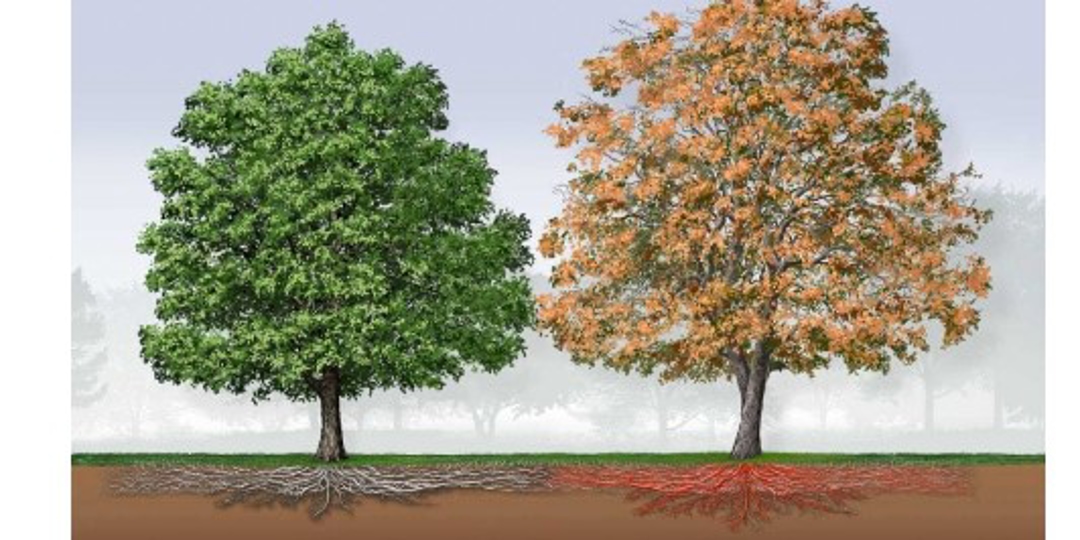Oak trees are believed to have more than 6000 unique species, and many of them are living in America. These hardwood trees are available in unique shades with a catchy appearance and beautiful backdrop. However, they too suffer from certain diseases and oak wilt is the fatal one.
Oak wilt is a fast-spreading disease that is caused by Ceratocystis Facecearum fungus. It leaves a direct impact on the vascular system of the tree while preventing it from getting the desired level of nutrients and water intake. Although almost all varieties of oaks can suffer from this terrible disease, the red oaks are more in danger as compared to the white oak species. They can die faster after infection; however, the disease takes time to develop in white oak trees.
How Oak Wilt Spreads?
The oak fungus can spread into the entire tree in two different ways: the fungal spores can either travel via insects from unhealthy trees to the healthy trees, or they travel from the affected tree to the healthy one via root grafts.
The scientists are yet looking for the exact information about insects that transfer this infection from one tree to another. Some evidence says that sap-feeding beetles can be more responsible for this. Although they cannot carry disease so long, it can lead to a stage by stage infection spreading over a larger area.
5 symptoms of oak wilt in oak trees:
Some of you might be interested to know how to tell if an oak tree is suffering from oak wilt disease. Well, below, we have listed potential symptoms that may help you to identify disease on time:
- Discoloration of leaves:
The most common and easy to identify a symptom of oak wilt is discoloration of leaves. They may start turning yellow or brown with a faded appeal. The browning starts from the edges of the leaf and it moves inwards in slow motion. You can observe distinct lines between the living tissues and the dead tissue. In many cases, leaves start falling even before they become completely brown.
- Curled or wilted leaves:
It is not just about the browning of leaves; oak wilt can also cause wilting or curling of leaves. This symptom is also clearly identifiable and needs prompt attention for treatment. The wilting usually progress from the top part of the tree and it moves downwards. In the case of white oaks, the problem is first identified in branches and then it spreads to the entire tree.
- Complete lead drop:
Another common symptom identifies in oak trees affected by oak wilt is complete leaf drop. It occurs in the mid-summer season.
- Dead crowns:
When the disease starts spreading fast, it may also cause dead crowns. In this condition, the impact is clearly observed on the upper portions of the trees.
- Suckering at the base:
The affected trees may also start suffering suckering on the base level. This symptom is also clearly visible and gives an indication of immediate treatment.

